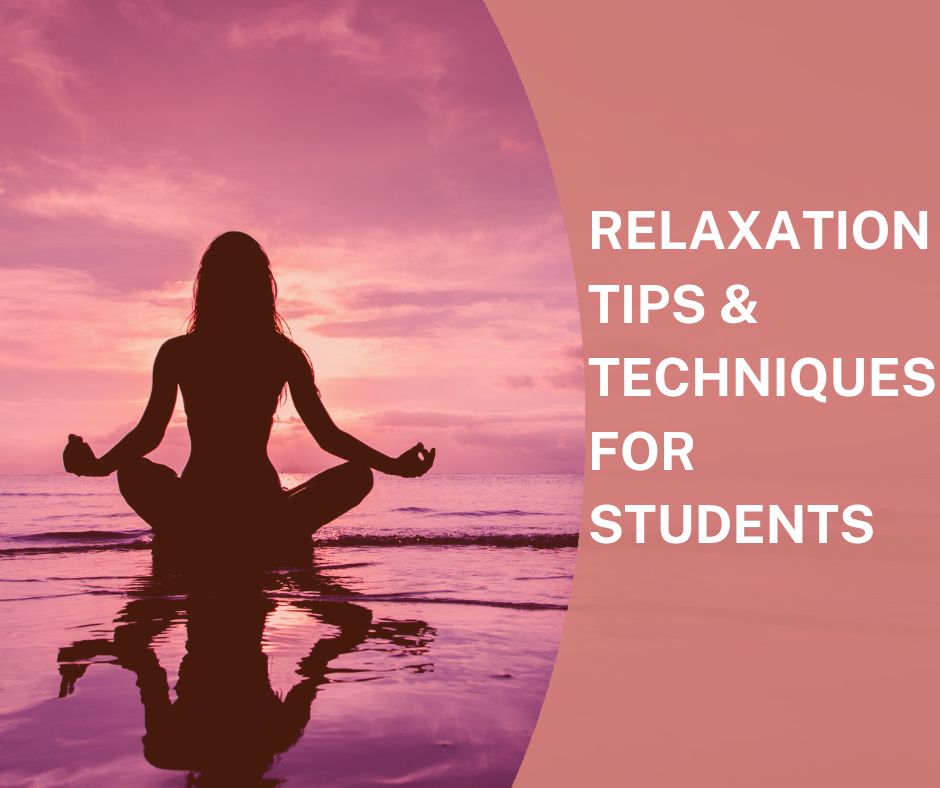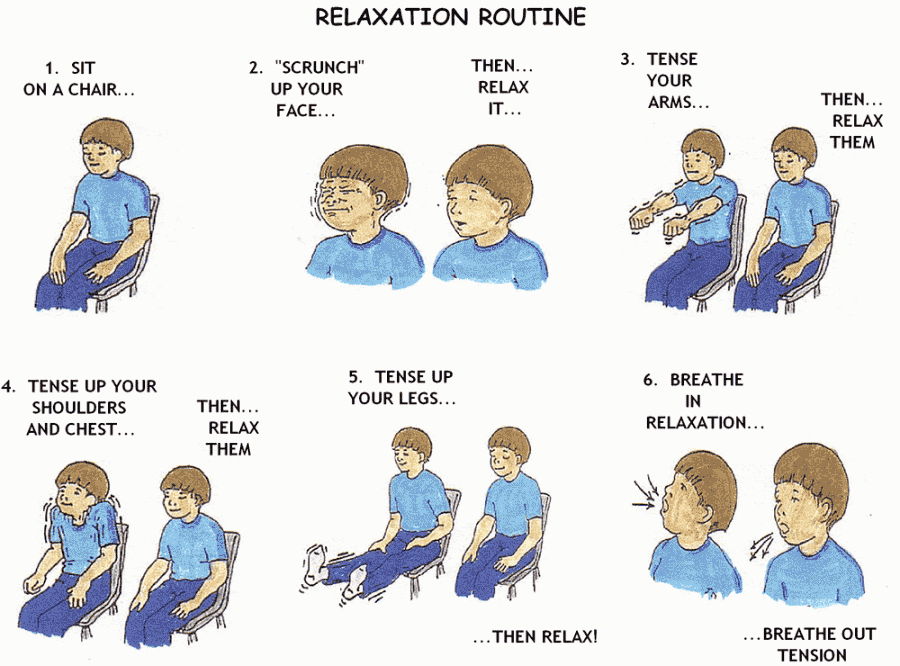
Every student gets stressed out or overwhelmed from time to time. From the youngest learners to the oldest, they all need time to relax. As we age, we need more reminders to take time for our mental and physical health.
Whether taking classes online or in person, there are numerous tips for students of all ages and abilities designed to help them relax. Teachers can introduce the relaxation techniques to their students in class that they can then use on their own.
Physical Activities
Engaging in physical activities regularly has many benefits – for both the body and your mental health. It helps students of all ages build strength, release endorphins that help reduce symptoms of anxiety, depression, or stress, and even supports the prevention of diseases such as high blood pressure, heart disease, and obesity.
For students in kindergarten to grade 12, teachers can help facilitate physical activity breaks. Some ideas for activities include:
- Shake It Off
Make like Taylor Swift and shake it off! This is an activity where you play upbeat music and students dance while shaking their limbs and body to get moving.
- Freeze Dance
Play music for students to dance to and when you stop the music they freeze in a fun pose.
- Sigh the Blues Away
Have your students inhale deeply and as they inhale, they bring their shoulders up, tense up their muscles and really feel their lungs expanding. Then, they release the breath through their mouth and relax all their muscles and let out a big sigh.
- Jumping Jacks
We all know about jumping jacks.
These physical activities are very effective for younger students, especially those who might not understand breathing activities fully. But there is no rule against older students and even college students getting in on these fun activities. For more physical activities to try with your students you can find some here: https://britannicaeducation.com/blog/classroom-relaxation-exercises/
Relaxation Techniques
Relaxation techniques will help you deal with stress and manage it. Relaxing doesn’t only mean having peace of mind or taking a break from work to enjoy a hobby. The techniques involved are a process that can be used every day to relieve stress. Some benefits of relaxation techniques include: lowering blood pressure, lowering fatigue, slowing heart rate, reducing the activity of stress hormones, and more.
There are numerous different relaxation techniques. Here are a few:
- Progressive Muscle Relaxation

This technique is one of the simplest to learn and teach. You can start from your head and work down to your toes or start at your toes and work your way up. Scrunch up or tense one group of muscles at a time.
If you start from top-down, then start by scrunching your face for a few seconds and then relaxing. Then move to your shoulders, then arms, etc.
- Visualization
This technique requires you to form a mental image of a peaceful, calm place or serene environment. When creating this mental image, it is important to try to incorporate as many of your senses as possible. This means imagining what the place would smell like, how it would feel, what you would see and hear around you.
Some other relaxation techniques include meditation, yoga, and tai chi, just to name a few.
At Cudoo, we offer two courses on different relaxation techniques and their benefits. Reducing Stress with Meditation and Visualisation and Reducing Stress (Techniques to Relax) are available to help you learn about yoga, meditation, unplugging from technology and more relaxation techniques. Not only will you benefit from these courses but you can also share the knowledge you gain with your family and friends.
Find more health and wellness courses here: https://cudoo.com/product-category/health-and-wellness/page/2/
Leonie Ramkaran
Latest posts by Leonie Ramkaran (see all)
- How Adult Learners Can Use Touchscreen Technologies to Improve Professional Development Learning Outcomes - August 26, 2025
- BE YOUR OWN BOSS - August 25, 2023
- WHY YOU SHOULD LEARN PORTUGUESE - July 28, 2023
